It’s not always simple to maintain a balanced diet over time because temptation lurks around every corner. The temptations of chips, chocolate, and spaghetti are too strong.
Would you want a healthy, tasty alternative now? Would you be able to withstand temptation more frequently? For us, it’s the exact same! Here are our top 6 unhealthy foods that can be swapped out for healthier options – hacks:
Fruit Mineral Water vs Soft Drinks
Soft beverages like Coca-Cola, Red Bull, and soda make us sick and addicted. Our bodies are actually harmed by liquid calories. Sugar, maize syrup, sweeteners, caffeine, flavors, and acids are all found in soft drinks in little amounts. They also include phosphates, which make it far more difficult to absorb vital magnesium.
Mineral water flavored with berries, lemon slices, or mint is refreshing and attractive. Sweetening with stevia or xylitol is calorie-free and sweet. In the summer, the fruit tea bag with ice cubes becomes a trendy iced tea. Vitamins can also be found in fruit smoothies made with mineral water. Have a go!
Nuts vs. Chips
Are potatoes and a little oil really that bad for you? That’s accurate, if you incorporate the potato into the meal in a well-dosed manner and keep track of your carbohydrate intake, there’s nothing wrong with it at first. Through processing, chips become unhealthy. Salt, usually low-quality vegetable oil, and flavor enhancers are all present in ready-made chips. Deep-fried chips contain up to 40% harmful fat.
Nuts are great for snacking in between meals, and they’re true superfoods that are high in healthful fats and nutrients. Nuts such as Brazil nuts, walnuts, peanuts, and almonds are high in trace minerals and trace elements. The best thing you can do is give yourself a daily dose of nibbling pleasure!
Avocados vs. Butter
Margarine, despite being lower in fat, is not healthier than butter because of its processed vegetable fats. Even though butter is a more natural food, it offers little in the way of nutrients other than fat.
The avocado, on the other hand, is high in healthy fats and includes a variety of critical vitamins, minerals, and trace elements. It can also be used as a spread, salad dressing, or baking ingredient in a variety of ways. It’s no surprise that the superfruit is getting a lot of attention right now.
quinoa vs. cauliflower, rice vs. quinoa
Rice is a great way to stock up on calories. Rice, on the other hand, is heavy in carbohydrates and difficult to include in a low-carb diet.
Quinoa is a high-quality protein source that contains all essential amino acids, as well as being filling. Quinoa outperforms rice, wheat, and barley, as well as all other common grains. You can use the vegetable protein source as a fundamental ingredient in soups, stews, salads, and a variety of other dishes.
Xylitol vs. Sugar
As a healthy alternative to sugar, xylitol is becoming increasingly popular. It has the same qualities as sugar, but it doesn’t add calories to the diet and is good for your teeth. As a result, toothpaste containing xylitol is also available. Xylitol makes it possible to sweeten food while also improving your health.
Chocolate (whole milk vs. dark)
Chocolate is a nutritious food. Cocoa’s flavonols relax blood arteries and reduce blood pressure. Cocoa is also high in magnesium, iron, calcium, and vitamins E, B1, B2, and niacin, among other nutrients.
But is it really healthy to eat a bar of chocolate every day? No, because a 100-gram serving of chocolate includes roughly 500 calories and is mostly made up of sugar and fat. Choose 80-90 percent dark chocolate or de-oiled cocoa nibs and limit yourself to one rib if you don’t want to miss out on chocolate enjoyment (max. 20g per day). This allows you to benefit from chocolate’s beneficial characteristics while also limiting your calorie consumption to the absolute minimum.




